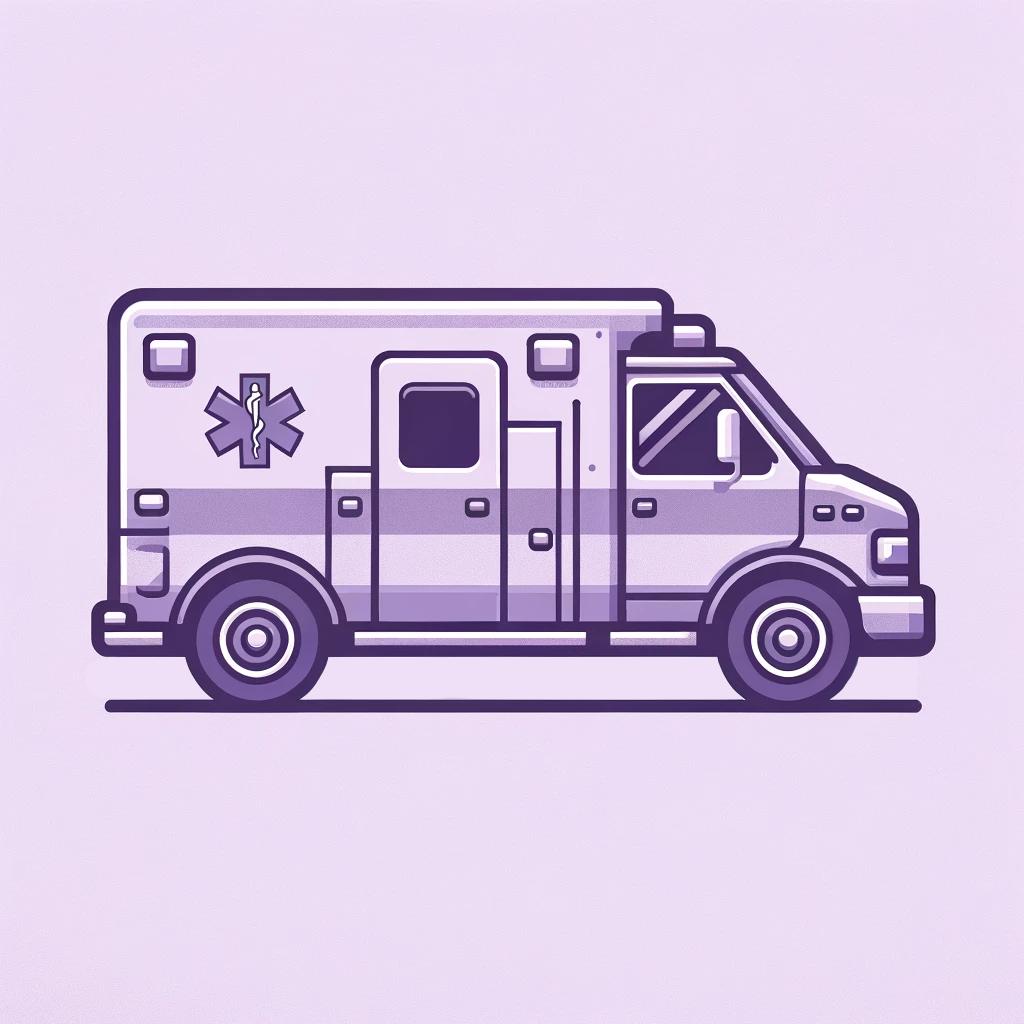
Informed by Immerzed
What is the difference between emergency medical technicians and paramedics?1
The non-medical crew of an ambulance are always referred to as "paramedics" - or are they? In fact, in Germany, there are two distinct professions: there are emergency medical technicians and paramedics. But what exactly distinguishes the two?
Central factor: Training
Paramedics have completed a full vocational training program, which usually lasts three years full-time or five years part-time. During this time, a total of 4,600 training hours are completed. This profession replaced the former profession of emergency assistants in 2014 and is considered the highest non-medical qualification in emergency services. Moreover, the profession is uniformly regulated nationwide by the Paramedic Act.
In comparison, emergency medical technicians have a much shorter training period, usually around 520 hours, and can also be completed through a course. For this reason, this profession is not recognized as a vocational training2. Also, this field of activity is not uniformly regulated nationwide but is subject to the regulations of the individual states.
Different competencies
Since paramedics have more extensive training, they generally also have more far-reaching competencies than emergency medical technicians.
Paramedics are responsible for medical initial assessment and treatment and monitor vital functions. They also call for emergency doctors if needed and assist them in further care. Additional tasks include, for example, disinfecting the ambulance.
Emergency medical technicians are often used as drivers for patient and ambulance transports. They also master the basics of emergency medicine and important rescue techniques, but these are usually not as extensive as those of paramedics. They also support them in initial care and ensure that patients are transportable.
Of course, both emergency and paramedics, despite their different training procedures and competencies, are equally important pillars of our emergency services.
The future of emergency medical training
We are committed to a future-proof, digital, and sustainable training for emergency medical personnel in all areas. If you work in the education sector of emergency services or directly in emergency services, request a demo below to see how our virtual reality application can effectively support the training process.
1:This article explains the difference between "Rettungssanitäter" and "Notfallsanitäter" in German emergency services. The closest equivalents in American emergency services are EMT-B and EMT-P, respectively. Throughout this text, we will therefore refer to Rettungssanitäter as EMTs and Notfallsanitäter as paramedics.
2: According to the list of recognized training occupations 2023 of the Federal Institute for Vocational Education and Training, see: BIBB / Verzeichnis der anerkannten Ausbildungsberufe 2023
Further Links
Your Free Demo
Secure your non-binding demonstration appointment and dive into the metaverse of emergency medicine. Simply fill out the form and we will get in touch with you.
